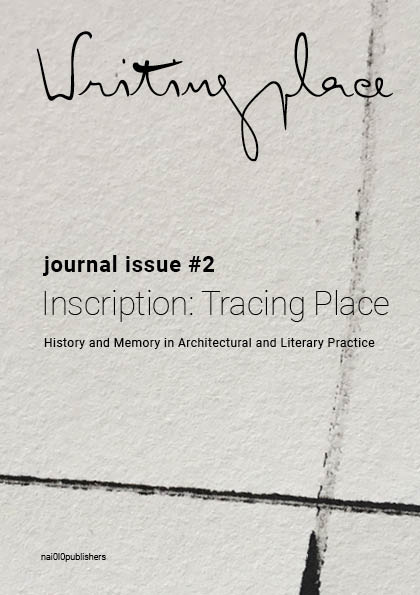The (Un-) Homely in Bogotá
A Critical Reading of the City
DOI:
https://doi.org/10.7480/writingplace.2.2656Keywords:
Bogotá, Uncanny, (Un)homely, Displacement, TransgressionAbstract
The Architectural Embrace aims to build a metaphorical bridge between socio-economic, political and architectural contradictions in Bogotá by means of a hybrid layer – an alien object in the rigid urban grid of the city, rupturing the existing notions of what and who is valuable in the city. It thus criticizes the current and past practices of neglect and disdain towards the lowest classes of society and explores the role of architecture in challenging political and societal problems.
But how does one progress in such a notorious place as El Bronx, where the urban memory is built on transgression and felt by the (architectural) uncanny without erasing the past? How does one respect and commemorate (pre-) existing conditions without dictating a collective meaning? And how does one create an architectural alternative that does not colonize the place?
The Architectural Embrace approaches these paradoxes by offering a place of reflection amidst the roaring city life and its power struggles. By means of a new type of architecture, unfamiliar to and disrupting the context and its hierarchies on both urban and architectural scale, the building criticizes existing practices and paves a way toward a new perception of the location. It thus lies on the verge of the uncanny and transgressional space.
In The Architectural Embrace, the city of Bogotá is presented with a monumental architecture representing the abolished fourth block of El Bronx. Instead of erasing ‘the hell of Bogotá’, it recognizes the importance of this area in the city and it emphasizes the value of the lower classes of society, while addressing the history of neglect of the location. Thus, as a tool of (and place for) reflection, the project may work as a catalyst for sustainable change and an alternative to the gentrification that brings about a vicious cycle of displacement, decay and demolition in the city.
References
Bachelard, G. The Poetics of Space: The Classic Look at How We Experience Intimate Places, translated by Maria Jolas (Boston: Beacon Press, 1996)
Burroughs, W.S. , James Grauerholz (ed.), Barry Miles (ed.), Naked Lunch: The Restored Text (London: Penguin Classics, 2015)
Kramer, J.C. ‘William Burroughs: A Sketch’, Journal of Psychoactive Drugs, vol. 13 (1981) no. 1, 95-97
Tschumi, B. The Manhattan Transcripts (New York: John Wiley & Sons, 1981)
Vidler, A. The Architectural Uncanny: Essays in the Modern Unhomely (Cambridge, MA: The MIT Press, 1999)



